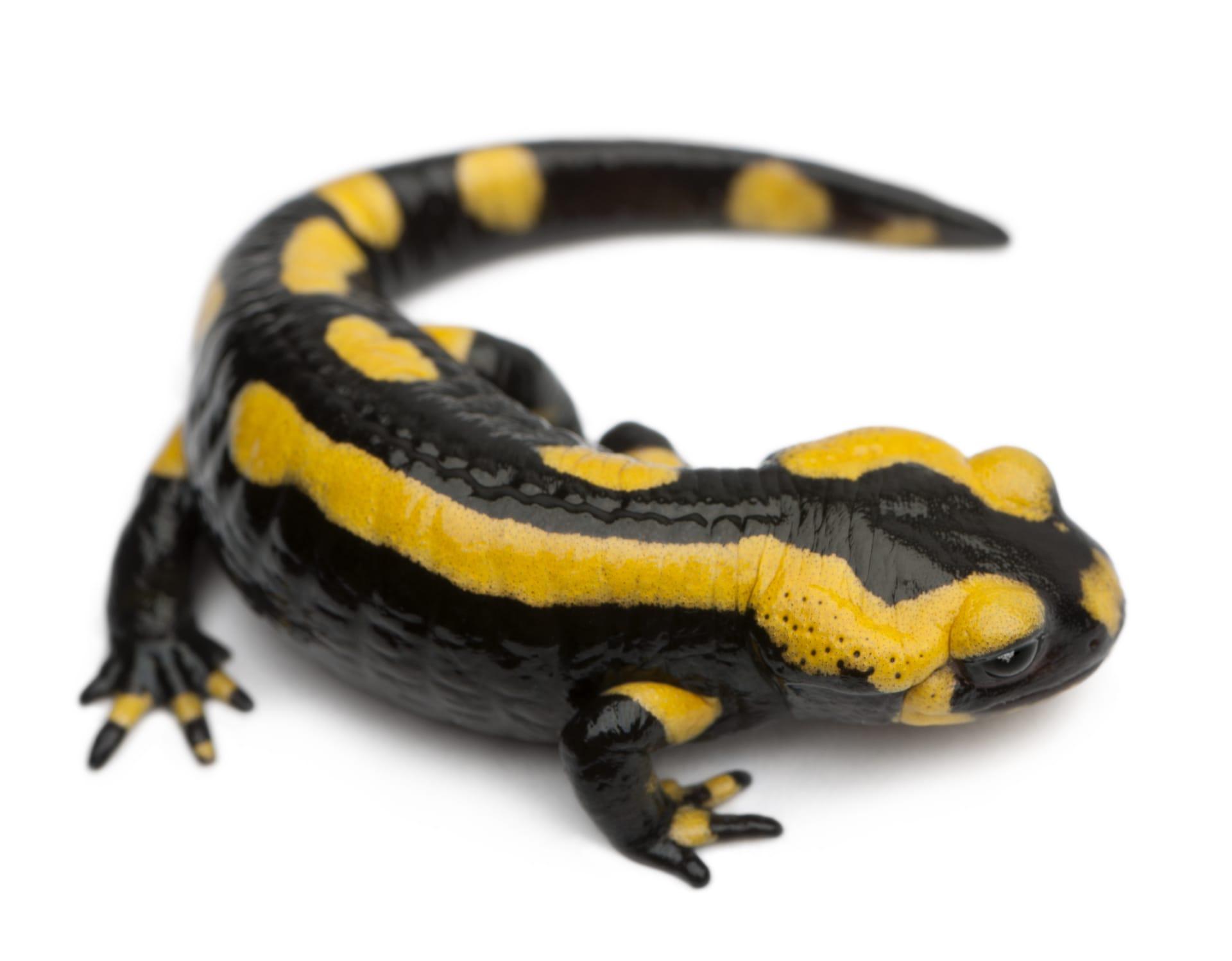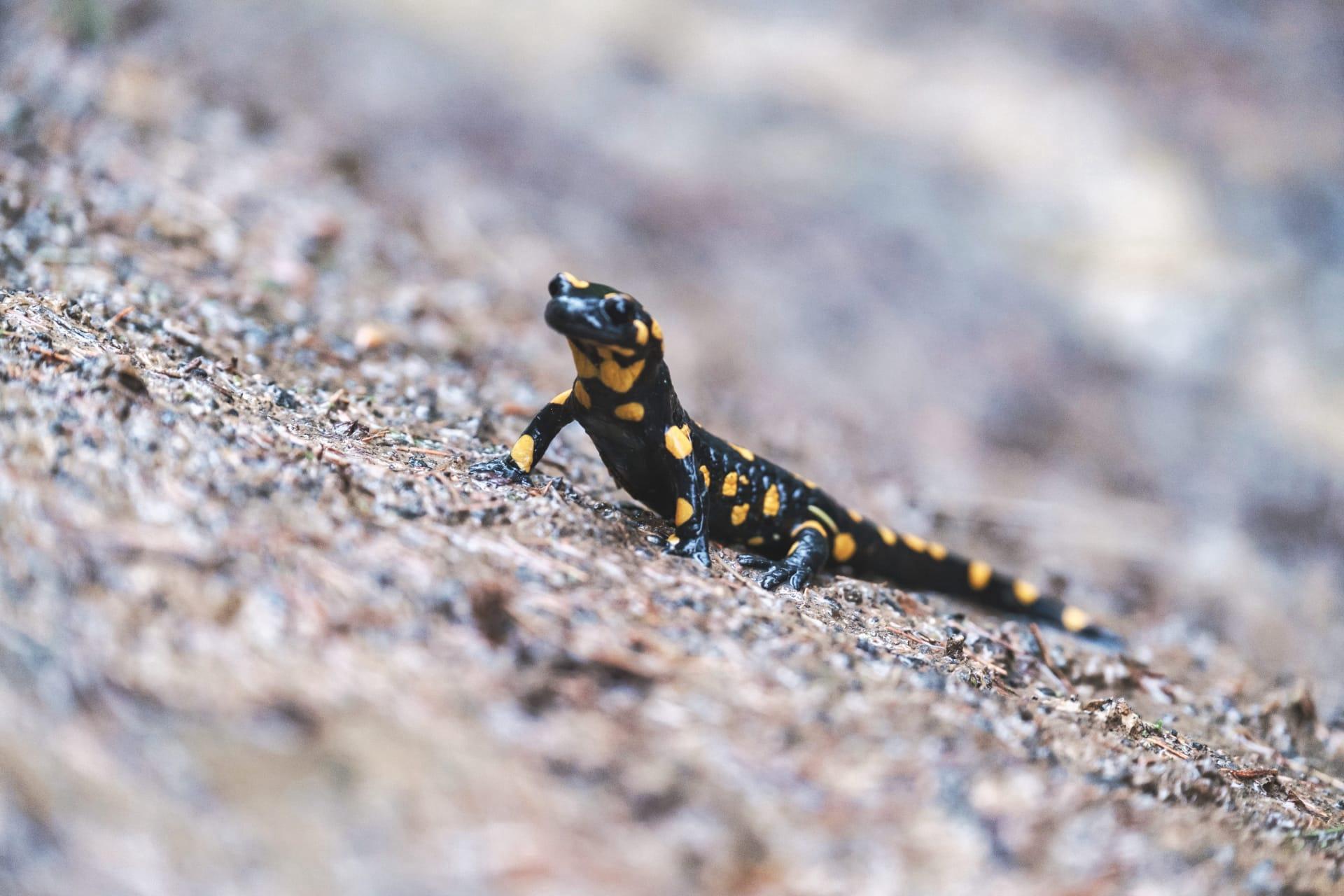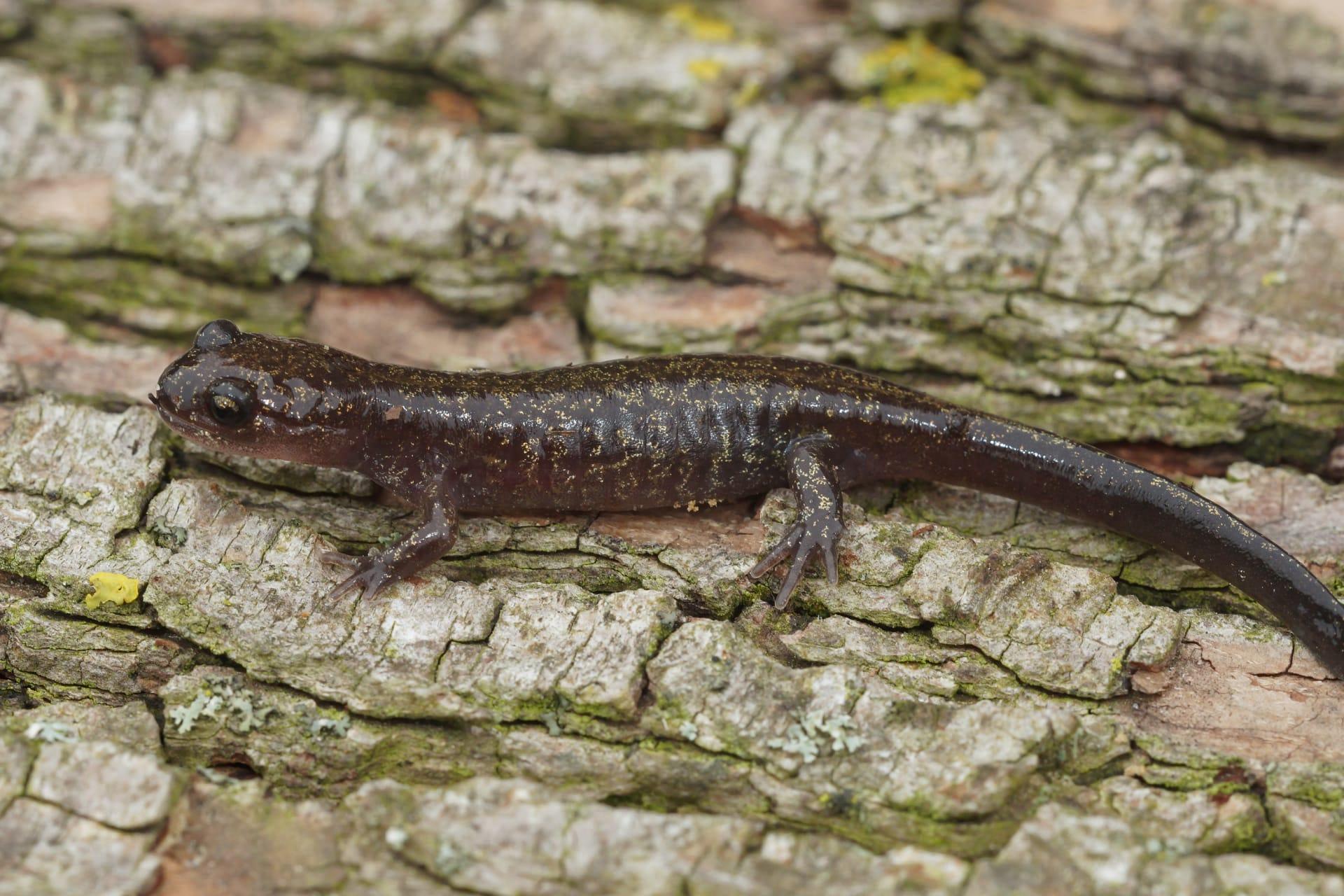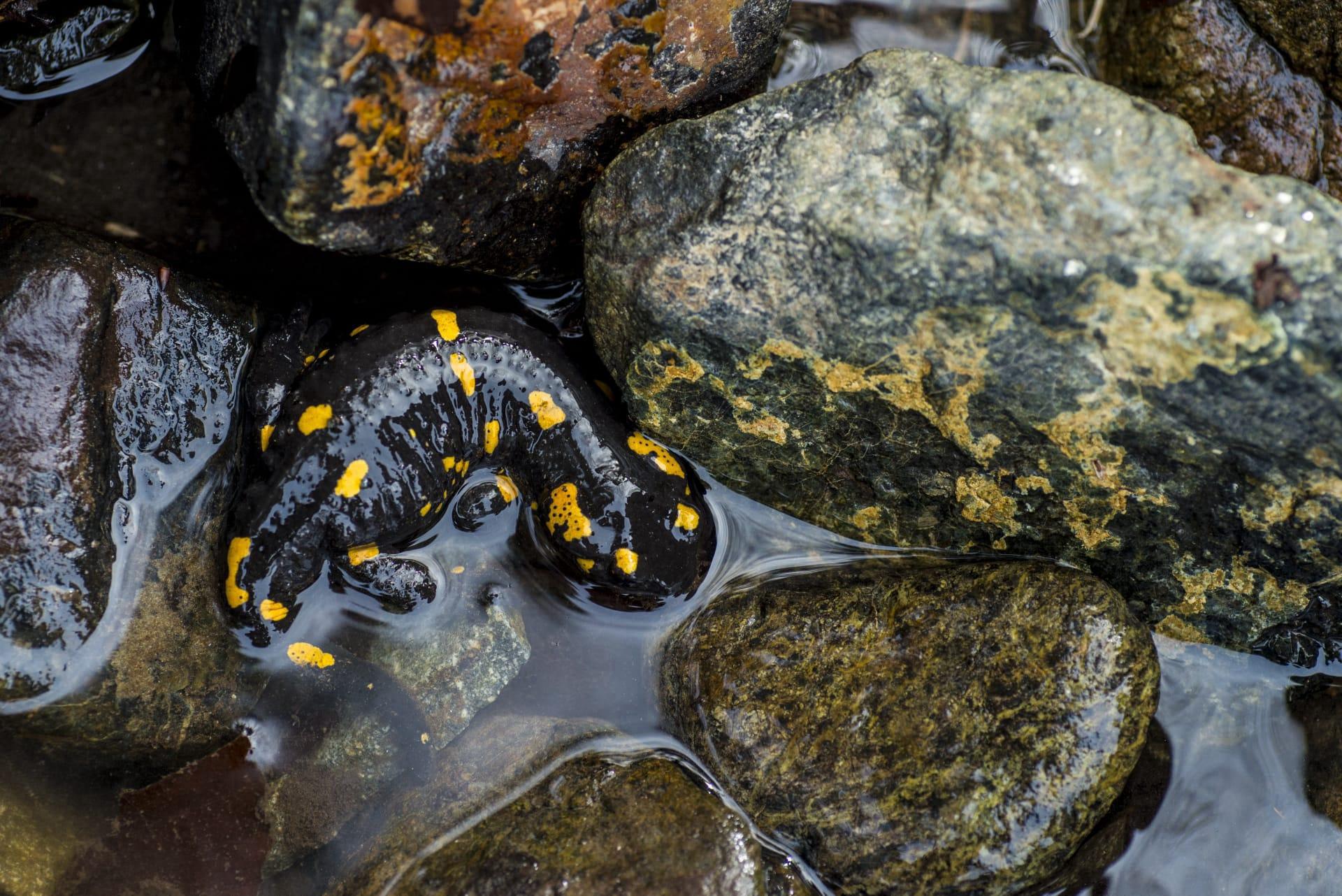Salamander
- Home /
- Mini Encyclopedia /
- Animal /
- Salamander
1
Salamanders, fascinating amphibians, belong to the order Caudata. They are characterized by their slender bodies, moist skin, and the presence of a tail in both juvenile and adult stages. There are approximately 500 species of salamanders, divided into various families like Ambystomatidae, known for the axolotl, and Plethodontidae, notable for lungless salamanders that breathe through their skin. These creatures exhibit a wide range of sizes, from the tiny 4 cm Thorius of Mexico to the giant Chinese salamander, which can reach up to 180 cm.
Salamanders are primarily found in the Holarctic and Neotropical regions, covering a vast geographical area. They inhabit a variety of habitats, from damp forests to arid deserts, adapting remarkably to their environments. North America boasts the greatest diversity, particularly in Appalachian mountain ranges, with over 150 species. Asia, especially China and Japan, is home to unique species like the Chinese and Japanese giant salamanders. Europe also hosts a variety of species, notably the fire salamander, thriving in woodlands and often found in gardens.

2
Question: Do salamanders have the ability to regenerate their limbs and other body parts?
Answer: Yes, salamanders possess a remarkable regenerative ability, a topic of great scientific interest. They can regenerate lost body parts, including limbs, tail, parts of the heart, spinal cord, and even portions of their eyes. This process involves dedifferentiation, where specialized cells revert to a stem-cell-like state to form new tissues. The regeneration is not instantaneous; it can take weeks to months, depending on the extent of injury and the species. This capability varies among species, with some like the axolotl exhibiting more pronounced regenerative abilities.

3
Salamanders have developed unique survival strategies to thrive in various environments. Their moist skin, vital for breathing, requires them to live in damp or aquatic habitats. Many species, like the red-spotted newt, have a complex life cycle that includes aquatic larval and terrestrial juvenile stages, before returning to water as adults. Salamanders also employ camouflage and mimicry for protection against predators. Some species exhibit bright colors as a warning of their toxicity. In terms of reproduction, many salamanders engage in a unique courtship ritual, with males depositing a spermatophore that the female picks up to fertilize her eggs.
Another critical survival feature is their diet, which mainly consists of small invertebrates like insects, worms, and spiders. They play a crucial role in controlling insect populations. Some larger species, like the Chinese giant salamander, can even consume fish and small mammals. Their hunting strategy often involves lying in wait and quickly capturing prey with a rapid forward motion.

4
In ecosystems, salamanders play significant roles in both terrestrial and aquatic habitats. They are essential in food webs, acting as both predators and prey. As predators, they help control the populations of insects and other small invertebrates, impacting the overall health of the ecosystem. Their presence indicates a healthy, balanced environment, especially in aquatic systems.
Moreover, salamanders contribute to nutrient cycling. Through their feeding activities, they help in the decomposition process and facilitate the transfer of energy and nutrients within the ecosystem. Their burrowing behavior aids in soil aeration, promoting plant growth. However, many species are facing threats from habitat loss, climate change, and disease, making their conservation crucial for maintaining ecological balance.

5
Film: "The Secret Life of the Salamander" (United States, 2017) - This documentary delves into the hidden world of salamanders. It showcases their diverse habitats, unique behaviors, and the challenges they face in the wild. The film highlights their remarkable regeneration abilities and the scientific research aimed at unraveling these mysteries.
Book: "Newts and Salamanders: A Complete Guide to Caudata" (United States, 2005) by Devin Edmonds. This comprehensive guide offers insights into the world of newts and salamanders. It covers aspects like species identification, habitat, behavior, and conservation, making it a valuable resource for enthusiasts and researchers.
Book: "Salamanders of the Old World" (Netherlands, 2014) by Max Sparreboom. This book explores the diverse salamander species found in the Old World, encompassing Europe and Asia. It provides detailed information on their biology, ecology, and conservation, enriched with photographs and illustrations, making it a treasure trove of knowledge for herpetologists and nature lovers.